Norwegians and their salmon
For thousands of years, generations of Norwegians have been making a living as highly skilled salmon craftsmen. Their passion for the sea, deep respect for nature, dedication to responsible fishing and a cultural pride in being the best is what contributes to Norway’s success as being one of the world’s largest suppliers of both wild and farmed seafood.
Norwegian Salmon is farmed in the chilly, clear, arctic waters of Norway by people who have been doing this their entire lives. Norway is the origin of premium, ocean-farmed salmon, pioneering salmon farming way back in the 70’s.
Norwegians take great care to do the right thing when it comes to farming, and there are all kinds of systems in place to make sure that things are safe and nature- friendly. The salmon are slowly grown in a fish hatchery on land for about a year before they are considered strong enough to be transferred to spacious and protected ocean pens.
Every aspect of the salmon development is watched closely. There are laws in Norway that prevent overcrowding of the farmed fish, they are fed an all-natural diet, and they have monitors in place that alert the farmers and veterinarians to when the salmon are full so that their feeding device can be shut down. Nice to know that they aren’t fattening them up with anything and everything as quickly as possible, isn’t it? And isn’t it fun to think that there are salmon veterinarians? Who knew?!
How to make Norwegian Salmon Gravlax:
When you’re ready to serve it, slice it as thinly as you can with a very sharp knife. Sample. And then sample again. You may not be able to stop sampling!! I love salmon in every way, shape and form. I fully expected this to taste exactly like smoked salmon, and this doesn’t really taste anything like smoked salmon. It’s quite unique. The flavors of salt and dill and just wonderful, and fresh fish too. Perfect.
Here are a few more salmon appetizer recipes you might like to try:
- Buckwheat Blinis with Smoked Salmon
- Egg Salad Cups with Smoked Salmon
- Salmon Stuffed Cherry Tomatoes
- Smoked Salmon Dip
- Mini Smoked Salmon Pizzas
- Mascarpone and Smoked Salmon Bruschetta
- Smoked Salmon Deviled Eggs
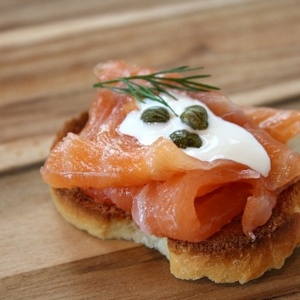
Norwegian Gravlax
Ingredients
SALMON:
- One 2-pound salmon filet (skin-on)
- 3 tablespoons salt
- 2 tablespoons granulated white sugar
- 1 tablespoon freshly ground black pepper
- 1 bunch fresh dill (chopped)
GRAVLAX SAUCE:
- 4 large pasteurized egg yolks
- ½ teaspoon salt
- ½ cup vegetable oil or mild olive oil
- 1 tablespoon granulated white sugar
- 1 tablespoon white wine vinegar
- 1 tablespoon mustard
- ½ teaspoon ground white pepper
- 2 to 3 tablespoons finely chopped dill
Instructions
PREPARE THE SALMON:
- Trim the salmon fillets. Scrape the skin well and remove all bones with needle-nose pliers.
- In a small bowl, mix the salt, sugar and pepper. Sprinkle half of the salt mixture in the bottom of a 9x12-inch glass pan, then sprinkle on half of the dill. Place the salmon fillet skin-side-down in the pan. Sprinkle the remaining salt mixture and dill on top and press it lightly into the salmon. Cover the pan with plastic wrap and place it in the refrigerator for three to four days. Turn the salmon over every day.
- On the third or fourth day, rinse the salmon under cold water. Move to a cutting board and use a sharp knife to cut very thin slices.
PREPARE THE SAUCE:
- In a medium bowl, stir the egg yolks with the salt until it reaches a thick consistency. Slowly pour in the oil while whisking quickly until the sauce is a consistency similar to mayonnaise (you may need to use a blender or an immersion blender to help this process along). Stir the sugar, vinegar, mustard and pepper into the sauce. Just before serving, add the dill.
SERVE:
- As a main dish, serve the salmon with the gravlax sauce, stewed potatoes or bread and salad. There are 8 servings if used as a main course.
- If you'd prefer to serve the gravlax as an appetizer (as shown), just toast up some thinly sliced baguette, place a piece of the cured salmon on top and garnish with a small dollop of creme fraiche, capers and dill. Alternately, you can serve it on top of cucumber slices.
Nutrition
Nutrition information is automatically calculated, so should only be used as an approximation.
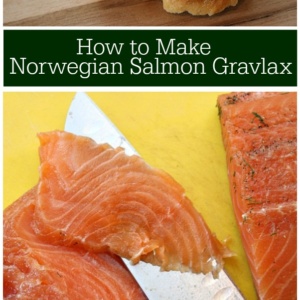
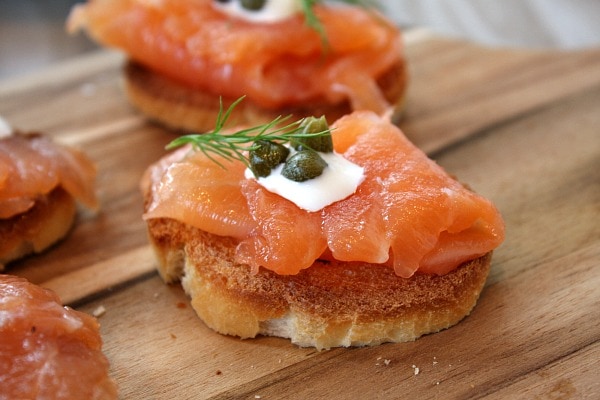
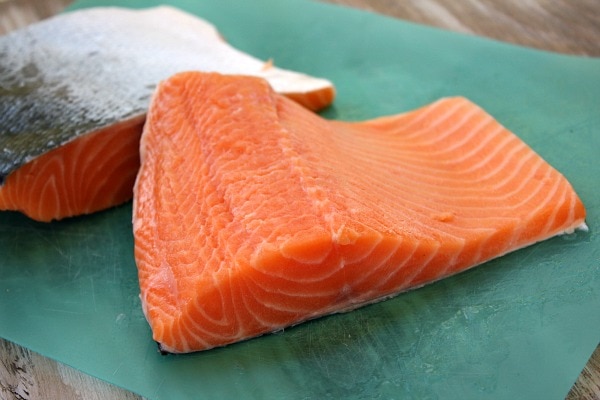
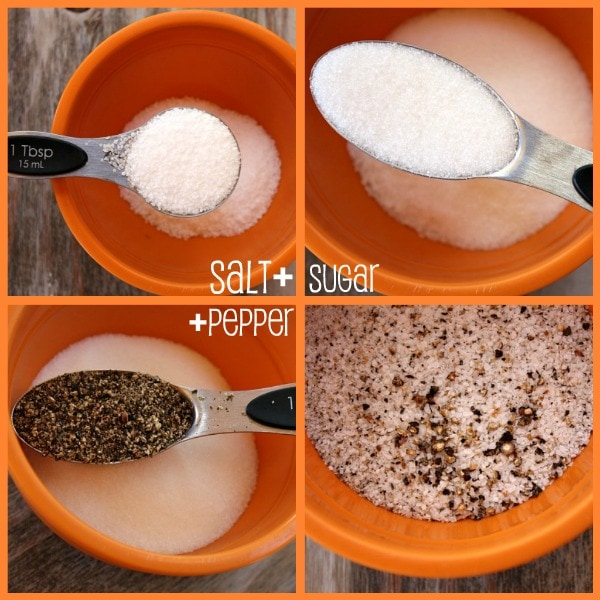
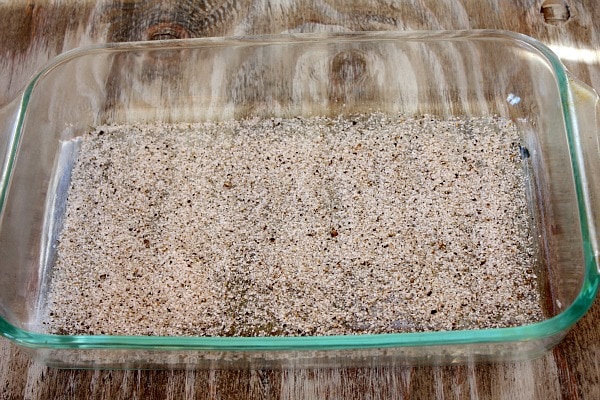
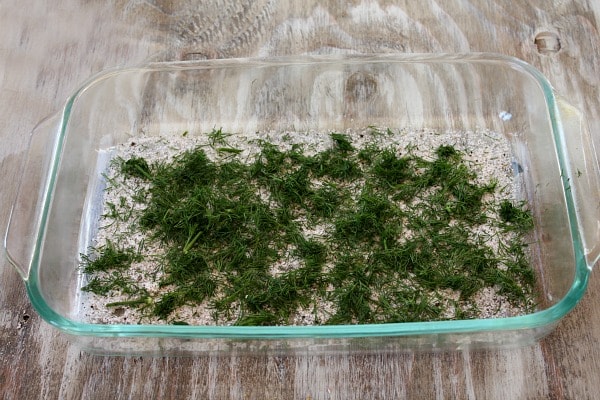
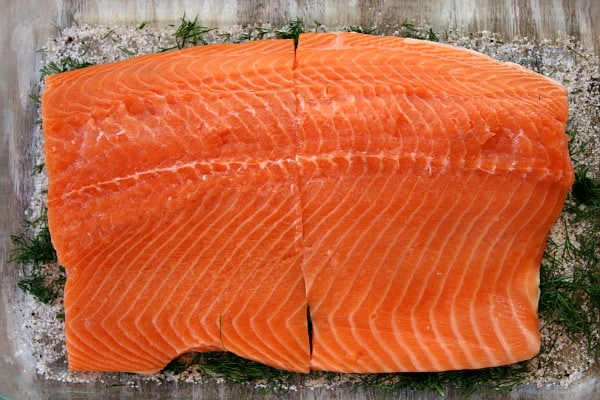
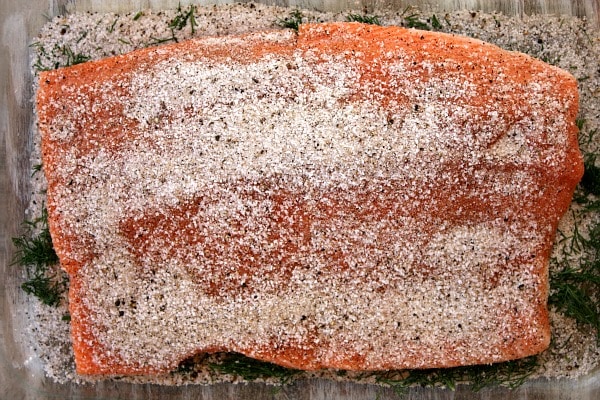
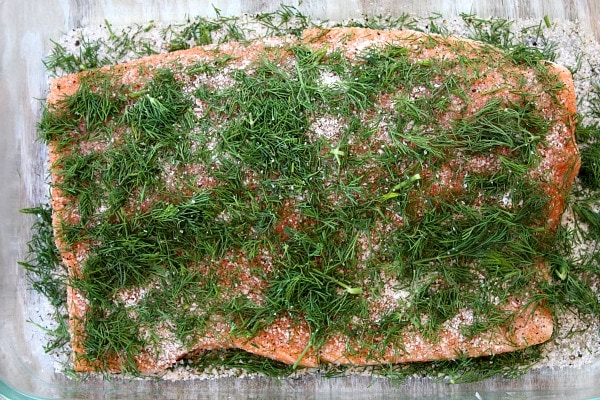
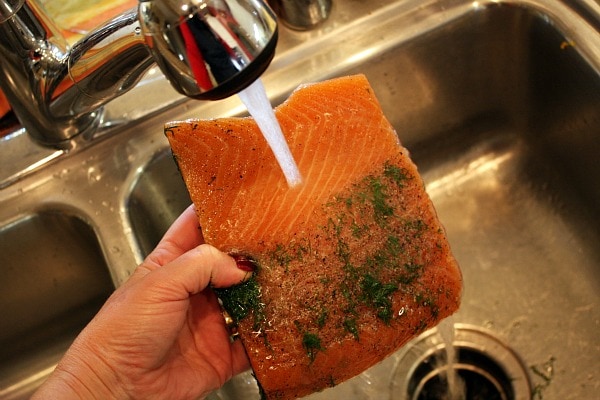
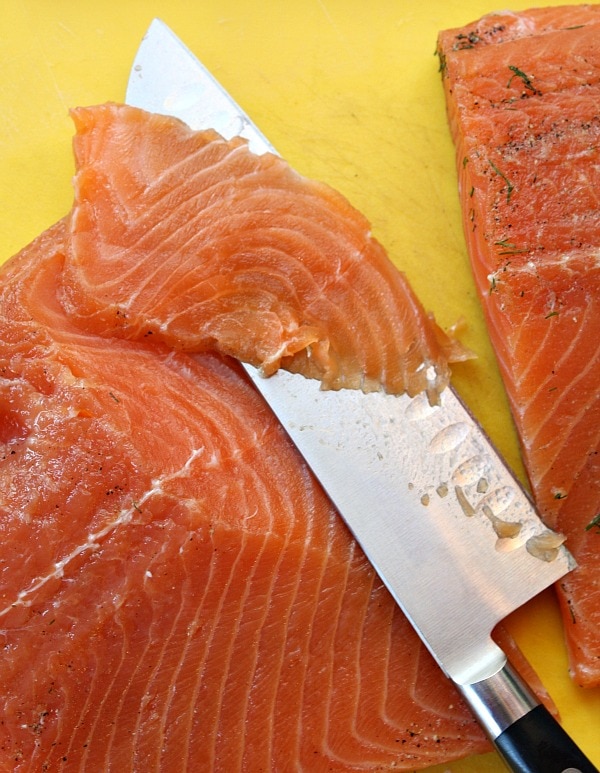
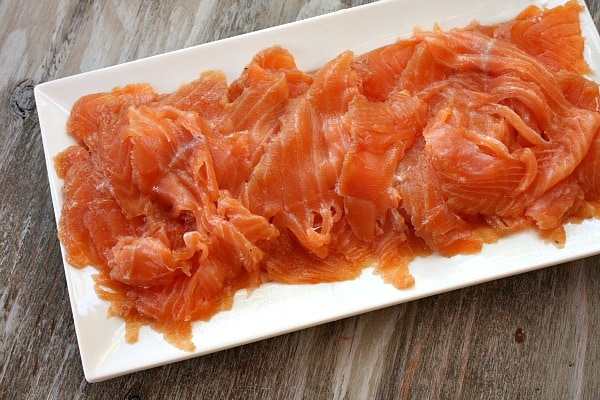
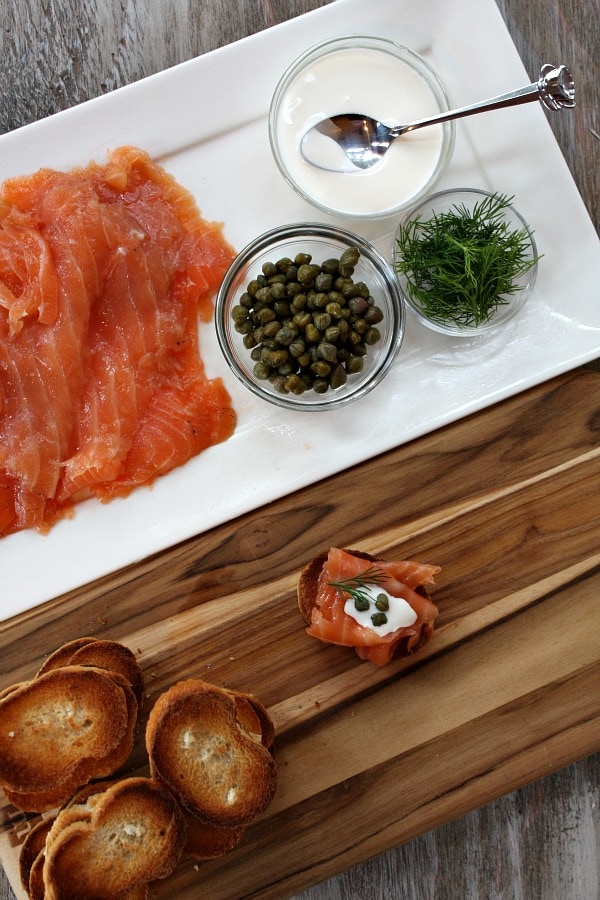
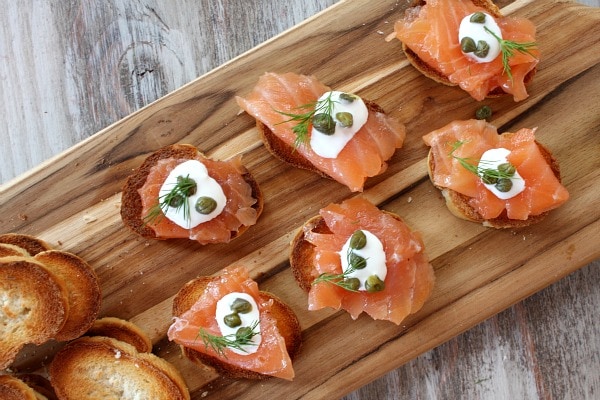
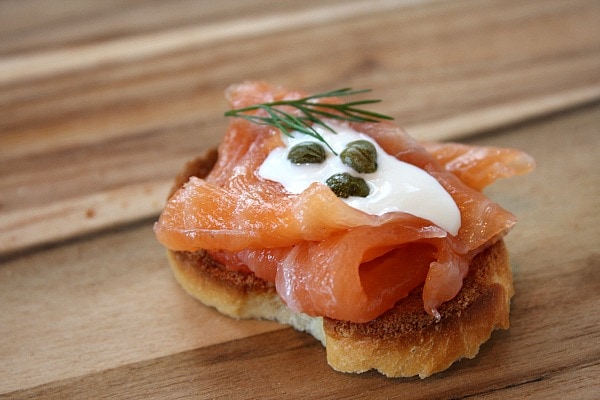

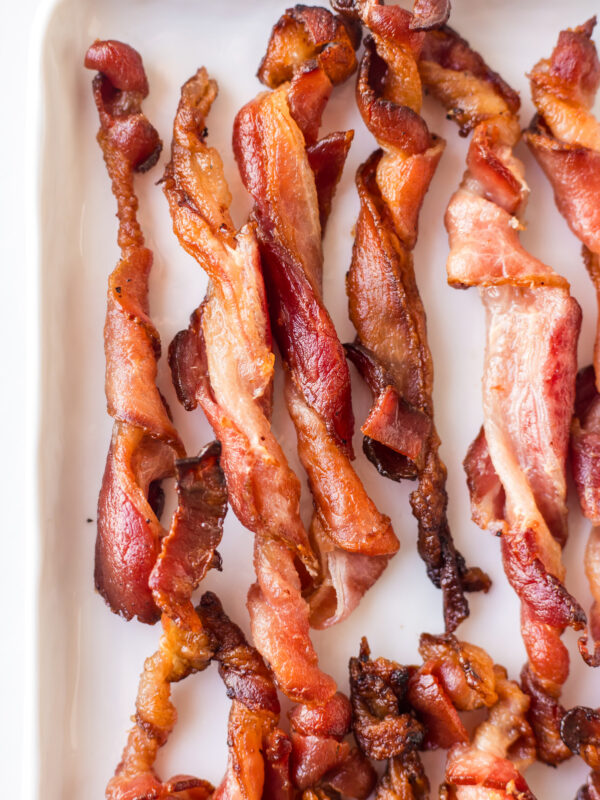
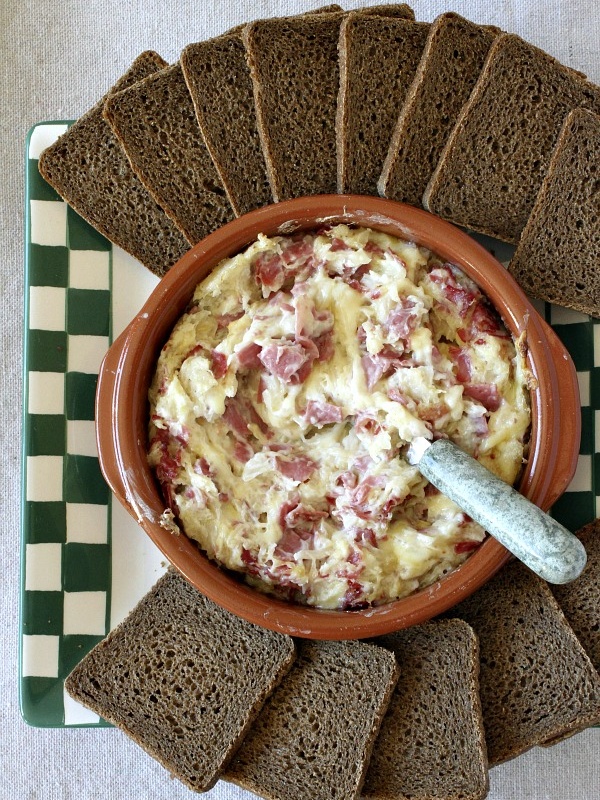










nice recipe for gravlax, but gravlax is swedish only the fish i norwegian! they have something similar called “rackfisk”
I’ve made gravlox twice and yes it can get juicy within 24 hours.
Nicely done instructions! Is this able to be frozen? if not, how long does it keep?
I’m not sure!
Glavlax is Swedish not Noregian, but hey potatoe, potato! ?
Hi Lori, I just came upon your recipe on Pinterest and I actually make a variation of this too. But instead of dill, I use coriander and the flavor is wonderful too. I plan to try it with dill next time and make sandwiches with them. The way we serve it is cut into small junks and toss with fresh sweet onion and any oil of your choice (which will also take any extra saltiness away). 🙂 Thank you for this!
Sounds wonderful your way too!
Rob here from Ireland – the home of great salmon, can I use smoked slalom for this receipe
no, you need to use raw, regular salmon for this one.
Being 1/2 Norwegian I wish I could figure out how to hook myself up to an IV of this! LOL! Guess I would miss the taste though. Uff Da!
My fish is in fridge curing. Going to share this with some friends THIS Time.
I do have a question about what kind of mustard to use in sauce? Yellow, Dijon, Poupon or powdered mustard? Maybe my homemade Hot & Sweet mustard, that may be good. It is like Nance’s Sharp & Creamy without the chemicals.
Thank you for the post. Great photos & directions.
I even took your advice & purchased the farmed Norwegian salmon this time. Afterall, my Grandfather was a fisherman in the Norwegian Sea before he immigrated to US. Figured I would support the Norse fishermen.
Hi. I overlooked the part where the skin is still supposed to be on. When I turned the salmon over, the initial bottom side became tough. Also, is it normal for the juice to come out after 24 hours of curing? I must be doing something wrong.
Hi Astrid, it has been so many years since I’ve made it that I’m afraid I don’t remember the details of the process. It all turned out great as written though!
I just started smoking and curing meats a year ago and this recipe looks great. Plus, my family has Norwegian roots, we love to tie in Norwegian recipes at holidays and family gatherings – looking forward to trying this one out!